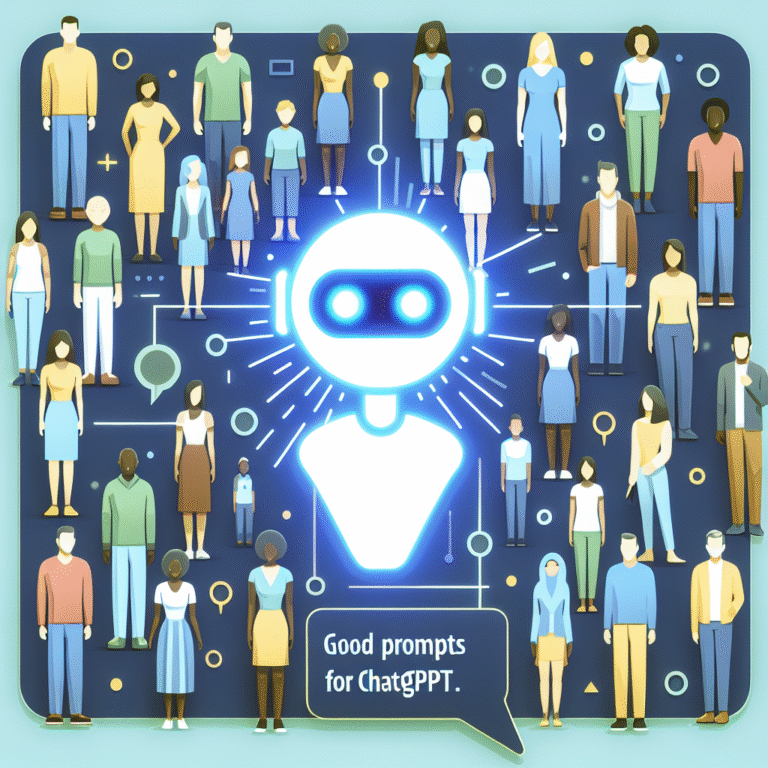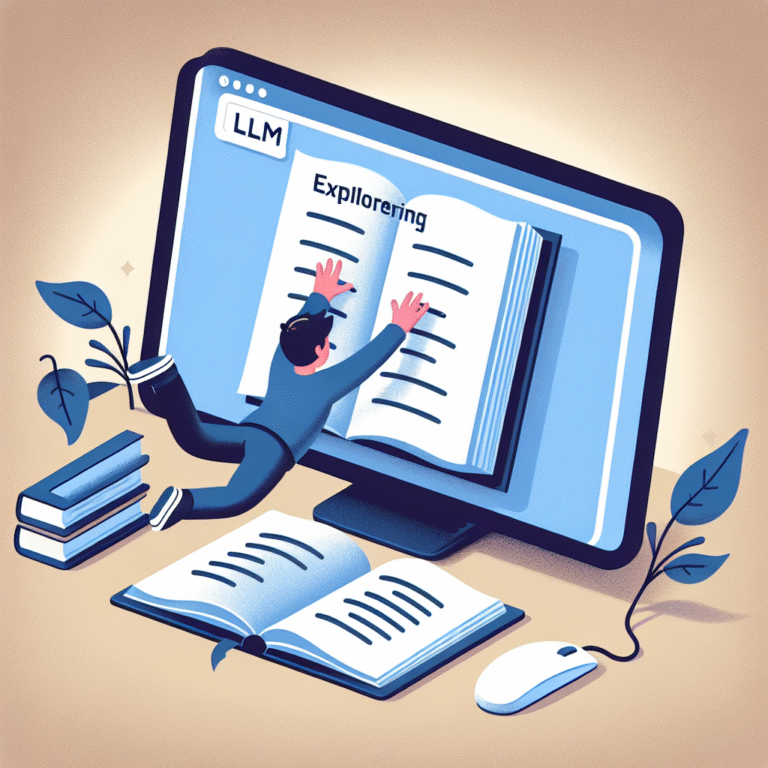Discovering the Magic of Image to Prompt Generators
Image to prompt generators are revolutionizing the way we interact with artificial intelligence. Have you ever wondered how a simple image can inspire a creative prompt, leading to endless possibilities for storytelling or content creation? It’s an exciting time to explore this technology, which not only enhances our creativity but also opens new avenues for expression. But how exactly does this work, and why should you care? Let’s delve into the world of image to prompt generators, uncovering how they function, their benefits, and how you can leverage them to spark creativity.
Understanding Image to Prompt Generators
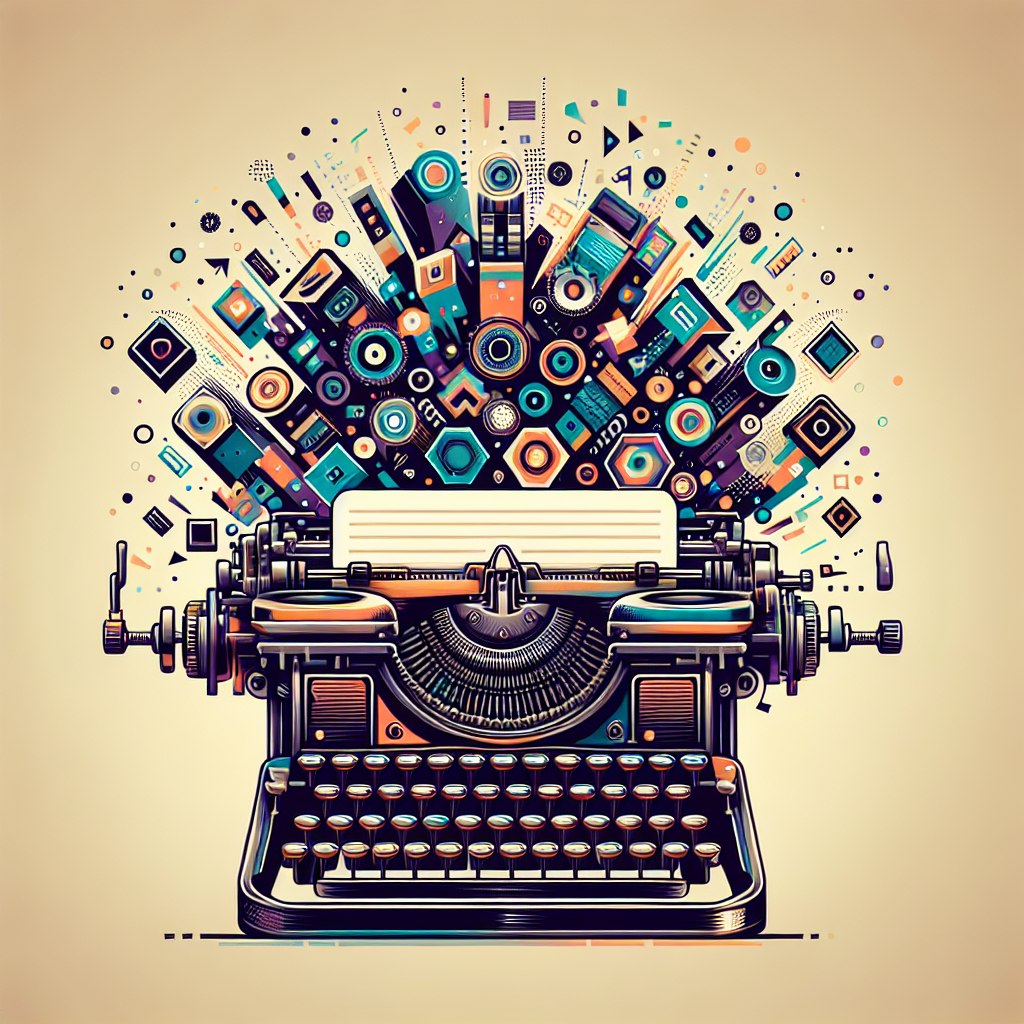
Image to prompt generators are a fascinating development in AI technology. At their core, these tools analyze visual inputs to produce text-based prompts, which can be used for various creative purposes. This technology involves complex algorithms that interpret the elements within an image—such as colors, shapes, and objects—and then generate descriptive or creative text based on these interpretations.
How Do They Work?
The process begins with uploading an image into the generator. The AI analyzes the image using machine learning models trained on vast datasets. These models have learned to recognize patterns, objects, and even emotional tones within visuals. Once the image is processed, the AI generates a prompt, which could be anything from a simple descriptive sentence to a more elaborate narrative or question designed to spark creativity.
Applications and Benefits
There are numerous applications for image to prompt generators, from aiding writers with creative blocks to enhancing educational tools. Here are some key benefits:
- Creative Inspiration: Writers and artists can use these prompts to jumpstart their projects.
- Educational Tools: Teachers can use image prompts to encourage critical thinking and creativity in students.
- Brainstorming Sessions: Teams can leverage image prompts to generate new ideas or perspectives.
- Marketing and Advertising: Creative teams can develop innovative campaigns using unique prompts.
The Technology Behind It
Image to prompt generators rely heavily on artificial intelligence, particularly neural networks and natural language processing (NLP). But what’s happening behind the scenes? Let’s break it down.
Neural Networks
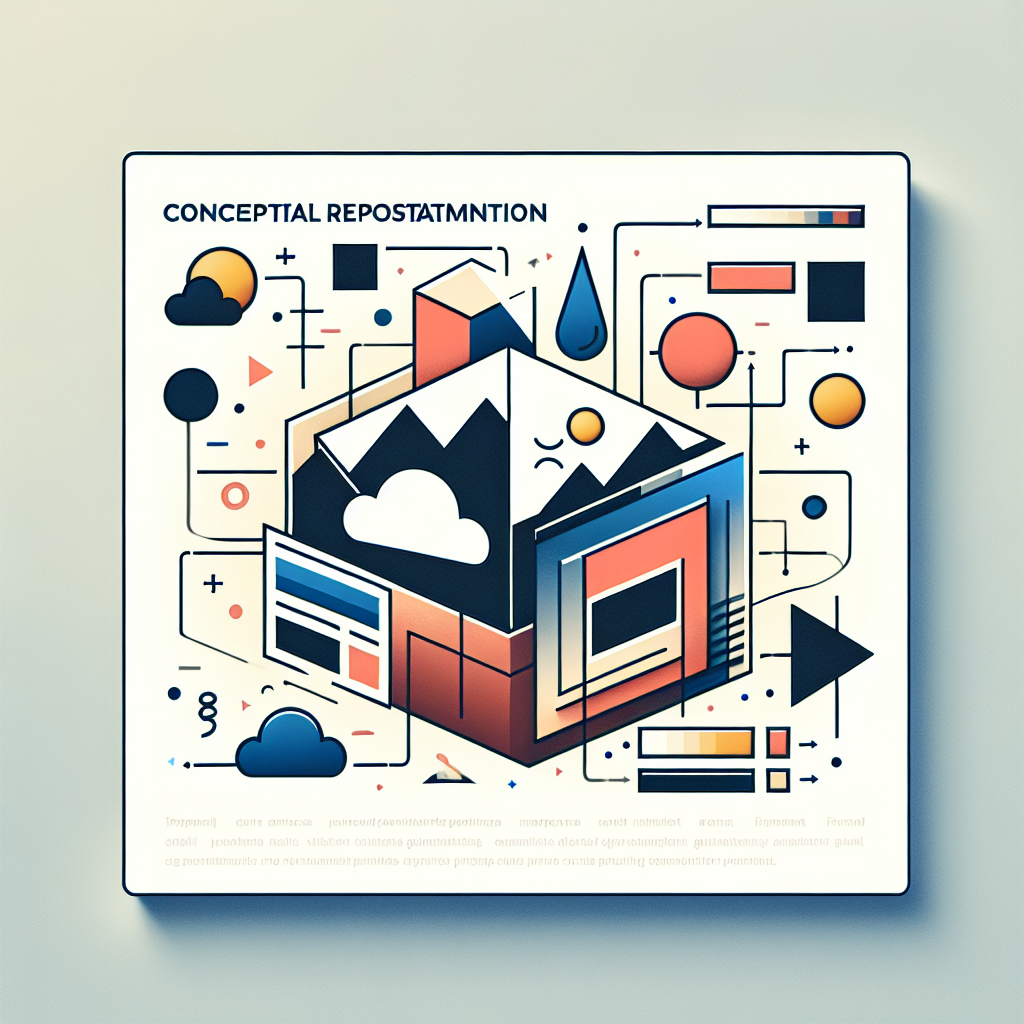
These are a series of algorithms that mimic the human brain’s structure and function. They enable computers to recognize patterns in data, which is crucial for translating images into text. Neural networks are trained using large datasets of images and corresponding text, allowing them to learn and predict the types of prompts to generate from new images. For instance, a neural network might learn to associate a sunset image with themes of tranquility and reflection.
Natural Language Processing
NLP is a subfield of AI that focuses on the interaction between computers and humans through natural language. When an image is processed, NLP helps the AI generate coherent and contextually appropriate text prompts. This involves understanding the nuances of language, such as grammar, tone, and intent. As NLP technology advances, so does the ability of these generators to create more nuanced and contextually rich prompts.
| Component | Function |
|---|---|
| Neural Networks | Pattern recognition and learning |
| NLP | Generating contextually appropriate text |
Real-World Examples
To better understand the impact of image to prompt generators, let’s look at some real-world applications.
Case Study: Creative Writing
A group of writers participating in a creative writing workshop used an image to prompt generator to overcome writer’s block. Each participant uploaded an image that resonated with them. The generator produced unique prompts, leading to a variety of creative stories. This exercise not only sparked creativity but also encouraged participants to explore new narrative styles. One participant, for instance, uploaded a photo of an old, abandoned house and received a prompt that inspired a haunting ghost story set in the 1920s.
Case Study: Educational Use
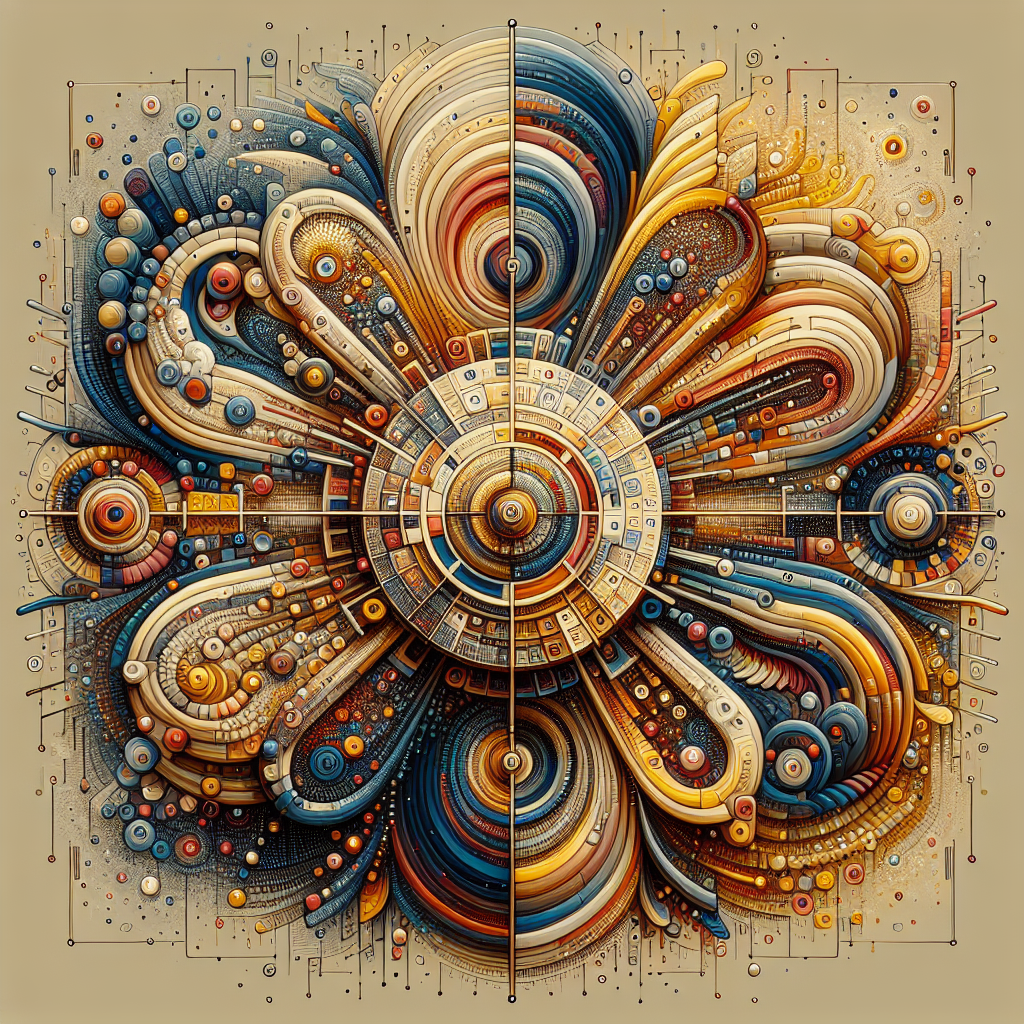 p>In a classroom setting, a teacher integrated image to prompt generators into a lesson plan on creative thinking. Students were given images related to historical events and asked to write a paragraph based on the generated prompts. This method helped students engage with the material more deeply and from different perspectives. For example, an image of a civil rights march prompted discussions and narratives about bravery, unity, and change.
p>In a classroom setting, a teacher integrated image to prompt generators into a lesson plan on creative thinking. Students were given images related to historical events and asked to write a paragraph based on the generated prompts. This method helped students engage with the material more deeply and from different perspectives. For example, an image of a civil rights march prompted discussions and narratives about bravery, unity, and change.
Step-by-Step Guide to Using an Image to Prompt Generator
If you’re eager to try out an image to prompt generator, here’s a simple guide to get you started.
- Select Your Image: Choose an image that you find interesting or inspiring.
- Upload the Image: Use a generator platform to upload your image.
- Analyze the Prompt: Once the prompt is generated, take some time to read and reflect on it.
- Apply the Prompt: Use the prompt as a starting point for your creative process.
- Refine Your Work: Let the prompt guide you, but don’t be afraid to deviate and add your personal touch.
Troubleshooting Common Issues
While image to prompt generators are generally user-friendly, you might encounter some issues. Here are a few common problems and solutions:
- Irrelevant Prompts: If the generated prompt doesn’t fit the image, try using a different image or adjusting the image’s clarity and focus.
- Technical Glitches: Ensure your internet connection is stable and try refreshing the page or restarting the application.
- Biased Outputs: If you notice biased language, consider the diversity of the images and texts in the training data and use the feedback option to inform developers.
The Future of Image to Prompt Generators
As AI technology continues to advance, the potential applications for image to prompt generators will expand. Innovations in deep learning and NLP will enhance the sophistication and accuracy of these tools.
Predictions and Trends
In the future, we might see image to prompt generators being integrated into various creative software, offering real-time suggestions and creative aids. Additionally, as AI becomes more adept at understanding context and nuance, the quality of prompts will likely improve, offering even more value to users. We could also see these generators being used in virtual reality environments, where users can interact with prompts in a more immersive way, further blurring the lines between digital and physical creativity.
Conclusion
Image to prompt generators are more than just a technological novelty; they’re a bridge to new creative horizons. Whether you’re a writer, educator, or simply someone looking to explore new ideas, these tools offer a wealth of possibilities. By understanding how they work and how to use them effectively, you can unlock a new level of creativity and inspiration. So, why not give it a try and see where your imagination takes you?

